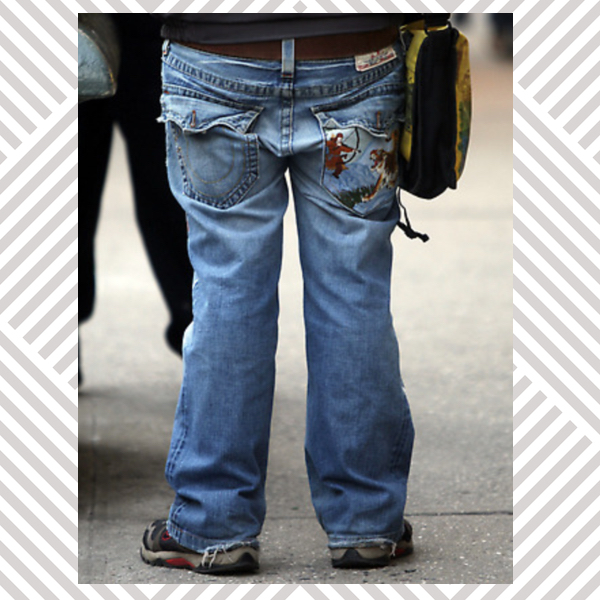Rehabilitation, A Beginner’s Guide
A Brief History
Do you have a shoulder, low back or knee pain? You are interested in rehabilitation and want to know more. Examining the history of rehabilitation can help you understand the speciality more. You can better decide if rehabilitation is for you.
Rehabilitation is a health speciality for the treatment of musculoskeletal pain and disorders. Chronic low back pain, knee osteoarthritis, frozen shoulder and hip impingement are common types of musculoskeletal pain and disorders.
Most people would seek help when they have a stiff back, knee or shoulder, but may not know they can also seek treatment for pain that appears on the more distal parts of the body like foot plantar fasciitis, trigger finger, thumb bursitis and tennis elbow. For example, if you have a stiff finger or heel pain when you take your first steps every morning, these areas are also treatable with rehabilitation.
The word rehabilitation comes from Latin prefix re-, meaning “again” and the word habitare, meaning “make fit.” Therapy — often associated with rehabilitation — originated from the Greek word therapeia or “healing.”
STARTED IN ANCIENT GREECE
While rehabilitation as a health speciality did not exist until the 1940s, manual therapy and exercise —two key features of rehabilitation — had been around for thousands of years.
If you have watched K-drama, “Extraordinary Attorney Woo,” one of Netflix’s most watched drama in 2022, you couldn’t miss the inverted table, a sleek motorised bed that brings you upside down. You would have seen Attorney Jang, one of the characters in the show, hanging upside down on the table to stretch and relax. Can you imagine this ultra-cool device for stretching was invented some 2,500 years ago?
Ancient Greek Hippocrates (460-386 BCE)— the father of medicine — described the use of such a device to straighten the spine, according to a 2007 study on a history of manipulative therapy.
Hippocrates was the first physician to use manipulative techniques to treat spinal disorders, according to the study, published in the Journal of Manipulative and Manual Therapy. Hippocrates recorded his cases. In one case, the patient was tied to a ladder and inverted. Inversion, he wrote, allowed the head and trunk to act as a pulling force to stretch the spine.
THE ORIGIN OF TREATMENT TABLES
Hippocrates also wrote about using a table with straps, wheels and axles, the study showed. The table allowed him to lay the patient down for treatment. Traction and focal pressure would be applied to the spine by hand or with a wooden lever. Sometimes to increase the focal pressure, a foot or seated body weight was used.
The Hippocratic Table was the precursor of the traction table and massage table used for treatment today. Imagine these treatment tables have been around for thousands of years. Ancient Greeks were having their spine adjusted on these tables. But thankfully, some methods such as applying a foot and sitting on a patient did not catch on.
Exercise as a tool for rehabilitation also existed throughout the millennium. Ancient civilisations developed elaborate exercise systems for health and disease prevention, according to a study in 2015, which examined the history of physical and rehabilitation medicine. For examples, the Ancient Greeks developed gymnastics, while the Chinese had kung fu, a form of martial art, to improve health and prevent diseases. Gymnastics and kung fu are still widely practiced today.
PHYSICAL THERAPY & POLIO
Manual therapy and exercise methods developed through the centuries, but would largely operate on the fringes of mainstream medicine until the turn of 20th century. The intensity of the polio epidemic from 1900 – 1950s, and the volume of injured soldiers returning home after World War II brought rehabilitation to the forefront of modern healthcare.
The number of polio survivors and WWII veterans who needed care created an urgent need for staff and expertise to treat physical disabilities. Physical therapy (or physiotherapy) came into prominence in the 1920s in America, and was instrumental in the in the development of treatment and exercise for polio care, according to a study in 2021, published in the Physical Therapy and Rehabilitation Journal.
Polio or poliomyelitis is a disabling and deadly disease which infects a person’s spinal cord, and causes paralysis where the person is unable to move parts of the body. Most of the victims were children.
Physical therapists introduced hot baths, swimming in heated pools and exercises to help polio survivors manage the symptoms and improve strength, said Naomi Rogers, the researcher of the 2021 study. “Active polio therapy” replaced splints and casts, which were earlier thought to prevent muscle atrophy. Children survivors were no longer confined in beds or sent to “crippled children’s homes,” Rogers said.
WORLD’S FIRST REHAB CENTRE
The end of World War II in 1945 was another watershed event. The volume of injured soldiers returning home after the war increased demand for rehabilitation. More rehabilitation facilities were set up. In 1951, Dr. Howard A. Rusk started the world’s first comprehensive rehabilitation centre at New York University, according to the 2015 study, published in the American Medical Association’s Journal of Ethics.
The NYU centre was the first rehabilitation centre to offer physical, neuropsychological and occupational therapies. Rehabilitation medicine was introduced, and doctors who specialise in rehabilitation medicine are known as physiatrists.
PRACTICE OF MANUAL THERAPY BROADENS
More hospitals would set up rehabilitation centres, but rehabilitation also flourished outside of the hospitals. The practice of physical therapy spread across the world. It reached the shores of post-war Australia and New Zealand with Robin McKenzie, Stanley Paris and Geoffrey Maitland the leading lights of physical therapy in the 1960s.
Innovative works on manual therapy by Paris and Maitland, and in Europe, by Freddy Kaltenborn and Gregory Grieve would modernise manual therapy and make the study of manual therapy a specialty in its own right, the 2007 study on a history of manipulative therapy showed. Techniques were updated and assessment methods were improved.
In 1970, the International Federation for Orthopaedic Manual Therapy was established as a sub-group of physical therapy. The inception of IFOMT helped promote and advance the study of manual therapy. Manual therapy was introduced to other practices. Today, manual therapy is practiced not only physiotherapists, but also by clinical orthopedic manual therapists and kinesiologists.
The 1950 to 1970 was also a period of creativity. Apart from improving strength, improving movement in the body also became an emphasis in exercise. New exercise methods for rehabilitation such as Feldenkrais and Rolfing were created. The works by the pioneering group of manual and movement therapists would laid the cornerstone for the movement revolution in 2000.
MOVEMENT REVOLUTION
American Thomas Myers, whose work on fascia would influence a whole new generation of rehabilitation workers, was a trained manual and movement therapist. He counted Drs. Ida Rolf and Moshe Feldenkrais among his influence.
Myers was the first person to map the fascia lines in the body. Fascia are soft connective tissues that cover the whole body. He discovered fascia are not randomly arranged as earlier believed, but are organised like train lines, connecting the different parts of the body. There are fascial lines that run anteriorly, posteriorly, laterally and contra-laterally, that keep the body in balance. As a result, any tension in an area of body not only affects the area, but also other parts of the body connected by the fascial line.
RISE IN SPORTS & PUBLIC INTEREST
Myers published his groundbreaking work in a book called the “Anatomy Trains” (2001). His work created seismic changes in treatment strategies for rehabilitation, and exercise and strength training. Instead of lifting weights using weight machines, athletes were on their feet moving, shoving and balancing on stability balls. Tests were created to assess functional movement to screen for muscle imbalance and potential injury. More athletes and sport coaches were interested in rehabilitation.
Interest from the sport community in turn brought more public interest and awareness to the benefits of rehabilitation. There are many how-to videos on YouTube today, not all by professionals, eager to show you how you can rehab your shoulder, knee or back.
Myers’ work also influenced treatment strategies of physical and manual therapy. Rather than treating one part of the body as before, improving a person’s posture and alignment, or structural balance also became part of the rehabilitation process. Myofascial release — a treatment to release fascia tension — was introduced. The treatment became popular with athletes and fitness enthusiasts who would perform different types of myofascial release to avoid injury.
THE MANY FACES OF REHAB
Rehabilitation has become a health speciality for musculoskeletal pain and disorders. Rehabilitation is practiced in hospitals, but there is also a vibrant mix of rehabilitation services available outside of the hospitals. The introduction of manual therapy to other practices helped spurred the growth of rehabilitation. Today, manual therapy is practiced not only by physiotherapists, but also by manual therapists and kinesiologists.
Similarly, many physiotherapists have also adopted other practices, such as Pilates and dry needling. So when you see a physiotherapist, you may receive more than physiotherapy. Pilates is an exercise method best known to strengthen core muscles. Dry needling is a treatment method influenced by Chinese acupuncture.
There are also more exercise instructors trained in rehabilitation than before, and Pilates and exercise studios have special programmes designed for rehabilitation.
HOW YOU CAN BENEFIT
What does it mean for someone with a shoulder, back or hip pain, or with a painful wrist or finger? Wrist and finger pain are more common, as we spend more time typing at our desk and on our mobile devices. If you have one of these pain, you have more options than before. It is easy to find a rehabilitation facility near you. The pain is more treatable when you seek help early.
For someone with more chronic pain and movement restriction, rehabilitation is a good alternative to medication and surgery. You can weigh the pros and cons, and decide which one or which combination is the best or better solution for you. For example, medication is often used for pain relief. You can decide on a longer term basis, whether rehabilitation could be a better option.
If you have a musculoskeletal pain or disorder, don’t wait. Start today. Be part of the movement culture.
We offer clinical orthopedic manual therapy for rehabilitation with the option to combine Pilates and/or personal training. Select from below the programme that best suits you:


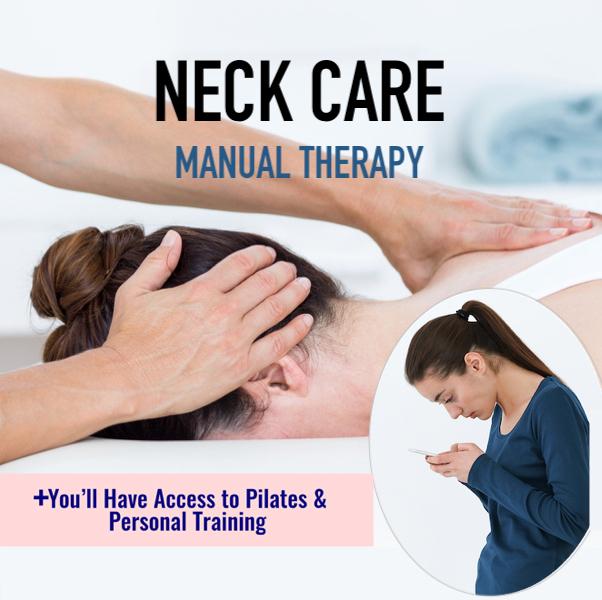
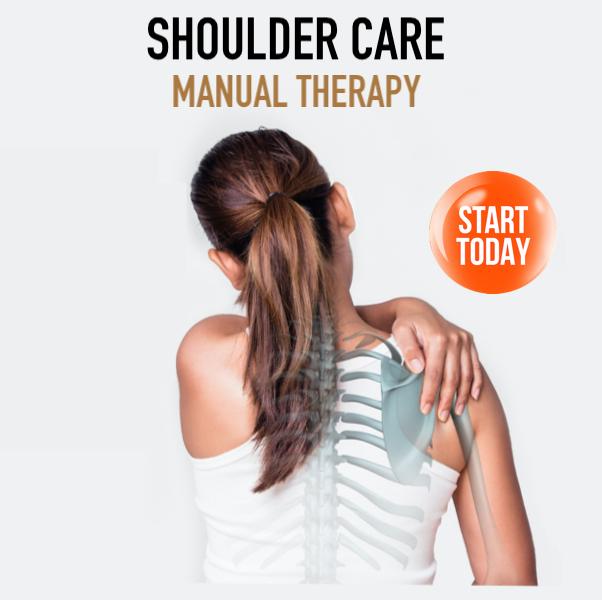
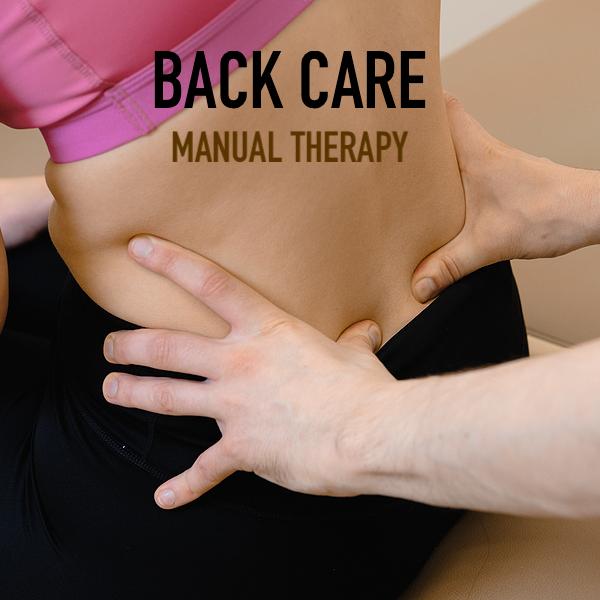
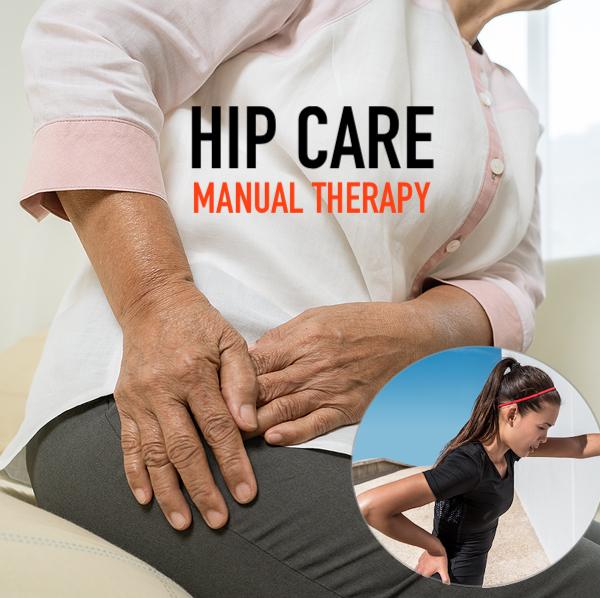
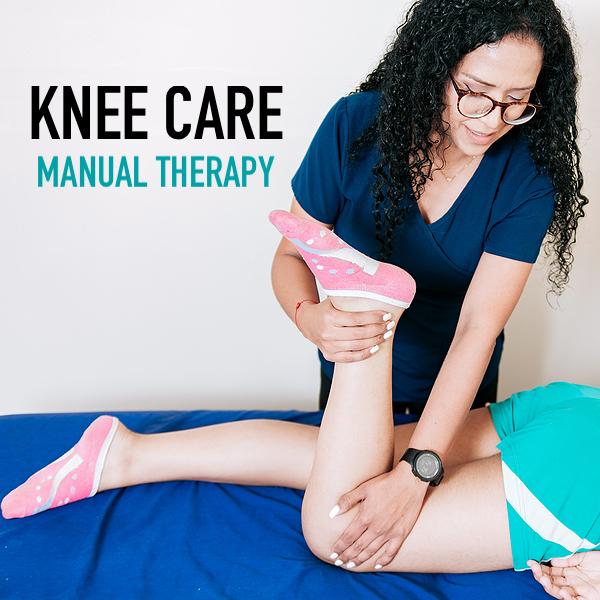
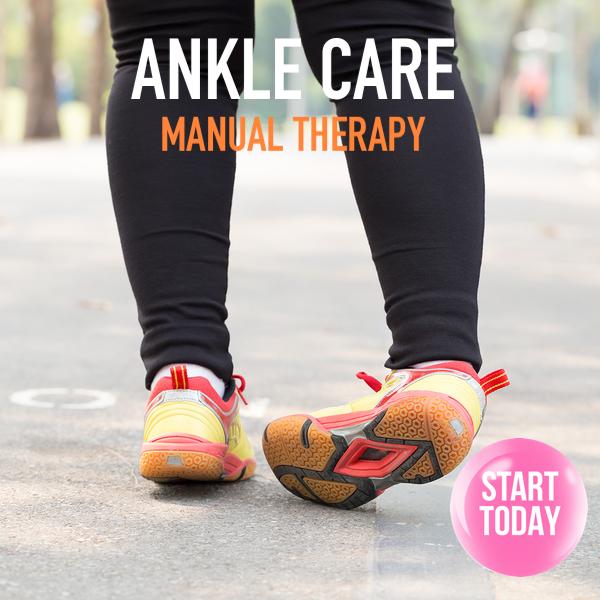
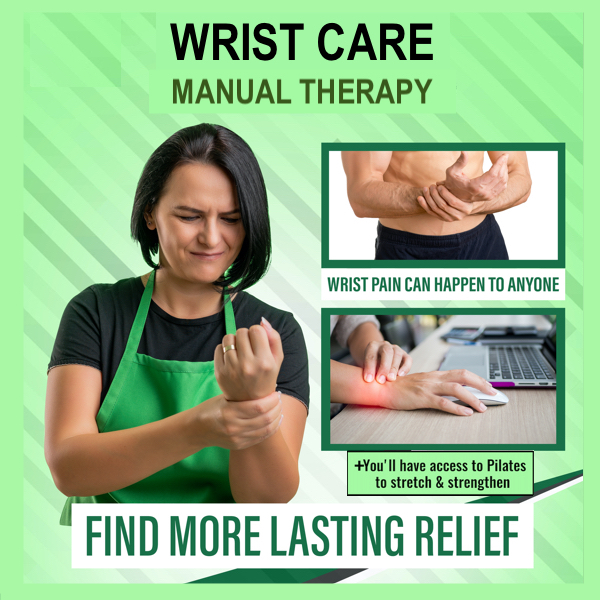
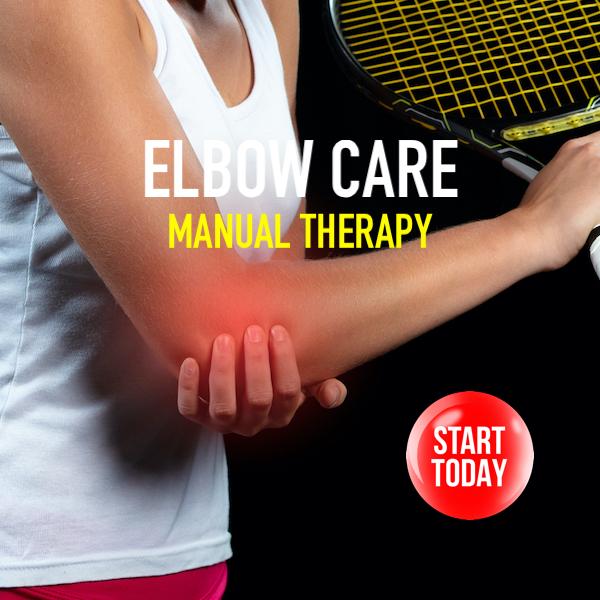
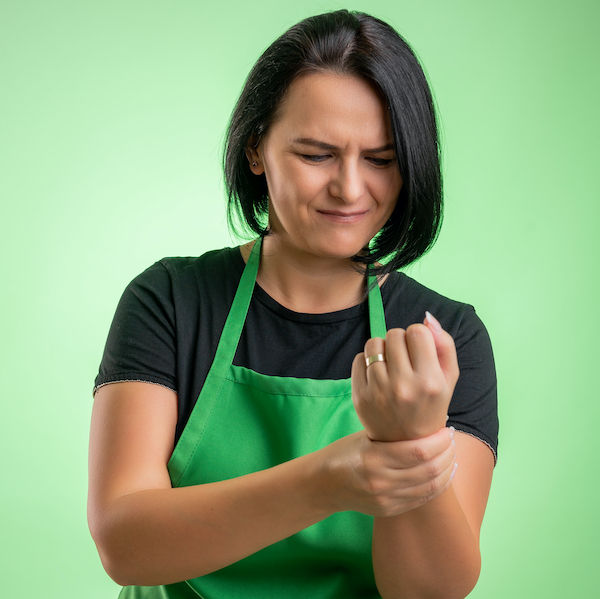 Why Wrist Pain Can Happen To Anyone
Why Wrist Pain Can Happen To Anyone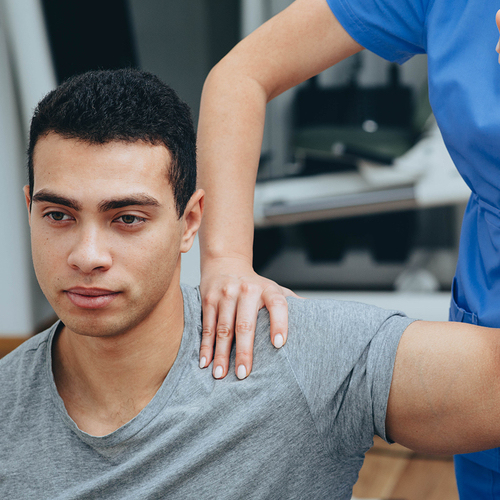 Manual Therapy & Pilates As A Remedy for Sport Injuries
Manual Therapy & Pilates As A Remedy for Sport Injuries